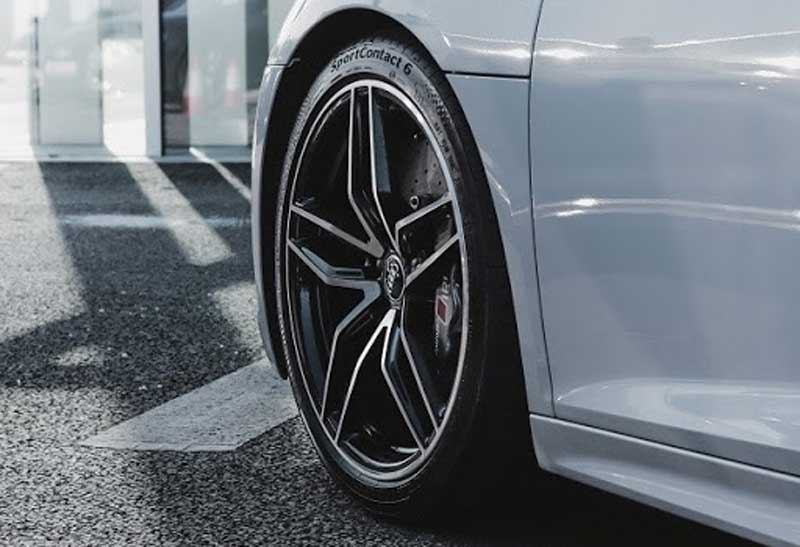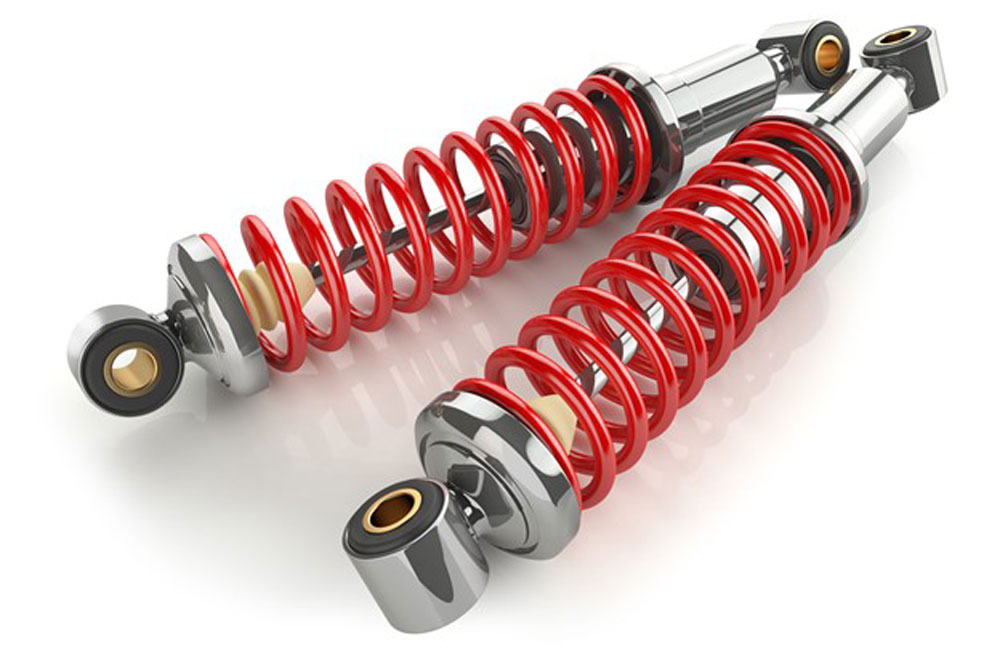Where did the idea of a rubber tyre come from? What minds went into the development of an item deemed so essential in today’s road transportation?
From wheels to tyres
To get to the tyre, manufacturers first had to work with the wheel. Humanity didn’t see it until the Bronze Age, or roughly 3,500 AD, which later pioneered the axles and wheel combination that is central to vehicular operations today. It wouldn’t be until the 19th century that it would begin to take on the appearance that it has today, thanks to work by both Charles Macintosh and Charles Goodyear.
Macintosh discovered the basis for rubber in the Amazon rainforest, but he was never able to make the sap endure more difficult weather or extreme temperatures. It wouldn’t be until Goodyear pioneered the vulcanisation process that rubber would be considered a successful tyre additive – and even then, it would be neither Machintosh nor Goodyear who came up with the idea. Goodyear, in fact, would die without seeing a cent for his contributions to the automotive industry.
The first tyres
It was instead the Scottish inventor Robert William Thomson who first aspired to use rubber as a wheel-additive. In 1845, and with aims to mirror the structure of a human muscle, he wrapped several rubber tubes in a leather cover, hoping that the tubes would help a rotating wheel absorb the shock of the road. While he submitted the idea to his superiors, it was never officially pursued, as its structure didn’t seem to meet the needs of the modern traveller.
Instead, in 1888, Irishman John Boyd Dunlop would piggyback off of Thomson’s design to create the first practical tyre. In that same year, Karl Benz would invent the first automobile to be powered by petrol and would use Dunlop’s tyre upon the car’s debut.
Afterwards, the tyre found its stride. In 1891, the Michelin brothers would create the detachable pneumatic tyre, and companies like the DuPont company would seek to synthesise rubber. In 1947, the Goodyear Tyre Company – named for the early Charles Goodyear – would pioneer the tubeless tyre to compensate for the industry’s oil usage.

The radial tyre
How the history of the tyre progresses from this point varies based on who’s telling the story. However, it’s clear that in the ten years after the invention of the tubeless tyre, someone – be it the Ford Motor Company, Michelin, or Firestone – took radial tyres and modified them into the tyres that drivers use today.
One fact that remains consistent throughout the story of the radial tyre is that its original creation is attributed to Arthur W. Savage, a manufacturer who operated out of San Diego between 1915 and 1919. From there, it seems like many car manufacturers literally “reinvented the wheel.”
Nowadays, though, the radial tyre pulls cords together at a 90 degree angle facilitating its use, increasing its durability and stability. These tyres were standardised during 1976 and have been sold en-mass ever since.
The modern tyre
Radial tyres remain popular to this day, although variations of them have been commercially released by manufacturers around the world. Nowadays, manufacturers look to promote lower fuel consumption as well as safety with their releases, leading to innovations that rival those that brought the tyre to prominence.
In a quest to ensure increased driver safety and tyre longevity, Continental, Pirelli, and Bridgestone – among others – have all started developing puncture-proof tyres. They’re trying to achieve that goal in different ways.
Bridgestone, for example, is working on airless tyres which won’t have to be inflated. They’ve also released a so-called quiet tyre, the QuietTrack, which significantly reduces road noise thanks to the newest technologies. Pirelli is modifying the chemical makeup of their tyres.
Continental has created a new generation of run flat tyres. They’re called ContiSeal, and they have the ability to seal themselves after a nail, for example, punctures the thread, by leaking a special fluid around the puncture, sealing it off. All of these changes, however, are guaranteed to extend the lifespan of the average set of tyres, lowering maintenance costs for drivers and production costs for manufacturers.
Also, to improve the safety of today’s tyres, Italian tire manufacturer Pirelli unveiled its Cyber Car system in March of 2018. It features tyre sensors that can send information on tyre pressure, internal temperature, and tread depth to the car’s onboard computers.

A glimpse of the future
Where, though, is the tyre set to go in the future?
The automotive industry has taken interest in the matter of green technologies. This focus has resulted in new tyre concepts like the Eagle 360 Urban Tyre by Goodyear, which was first presented in 2017. While still in the research stage, the company aims for this tyre to serve along with a fleet of self-driving vehicles. Powered by AI, it would be an extension of the vehicle’s nervous system as it takes in data and helps protect passengers.
In 2018, Goodyear also showed the project of an Oxygene tyre, a tyre filled with living moss that will release oxygen as the moss takes in moisture from the road. Not only will the tyre counteract other vehicles’ carbon emissions by producing its own oxygen, but the rotation of the tyres will generate the electricity that could, ideally, power the car they’re attached to.
Additionally, the continued quest for increased driver protection is set to allow car tyres to interact with roadway obstacles. Goodyear is currently developing tyres that will regrow their tread. Pirelli’s 5G tyres, will not only collect data about your vehicle, but they’ll let you know about dangerous road conditions around you to increase your safety.
In addition to manufacturers’ experiments with the materials used to make tyres, they’re making efforts towards more effective and environmentally-friendly recycling. Even as new rubber recycling methods are developed, manufacturers are trying to use corn and trees to see if either can produce a protective substance that’s easier to dispose of.
One day, the automotive industry may even move beyond the wheel, forgoing it for a mode of transportation that drivers have yet to dream of. For now, though, the modern Charles Goodyears of the automotive world are looking to bring the tyre to new connective and sustainable heights. From here, there’s nowhere to go but up.
This article originally appeared at Oponeo.ie and is republished with permission.











